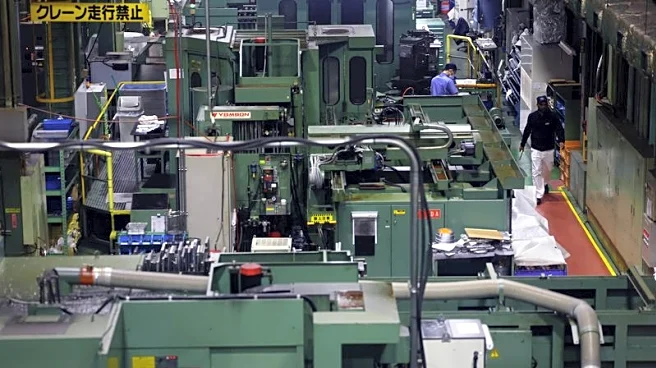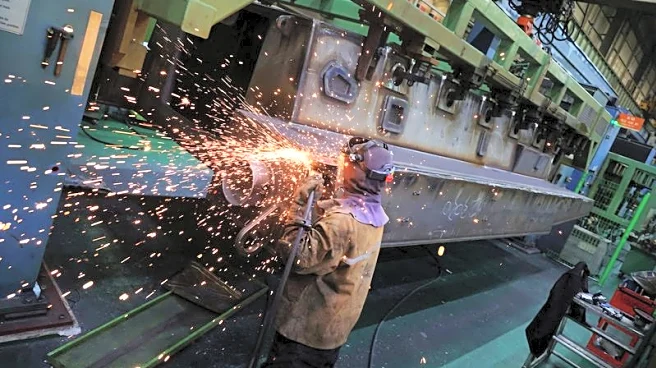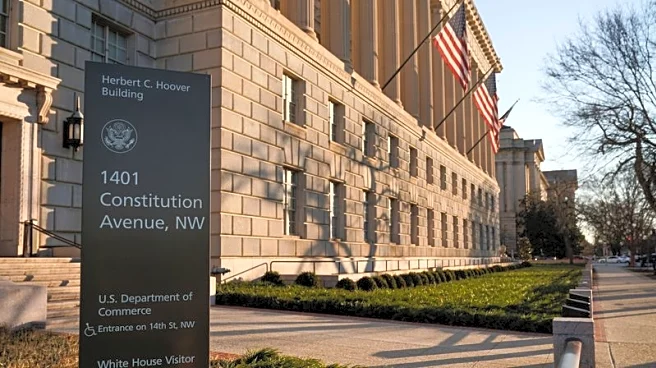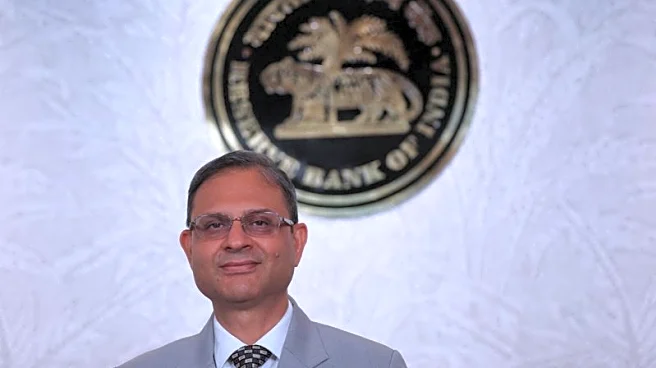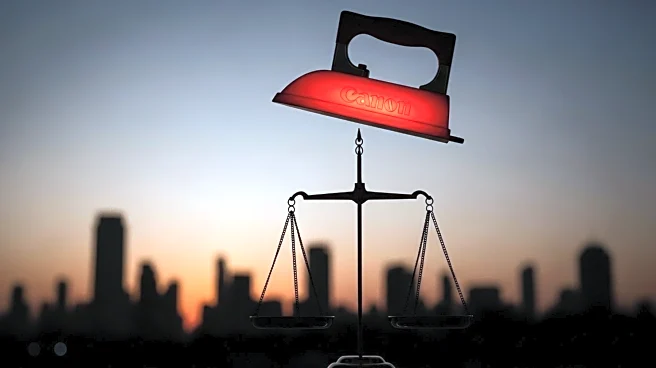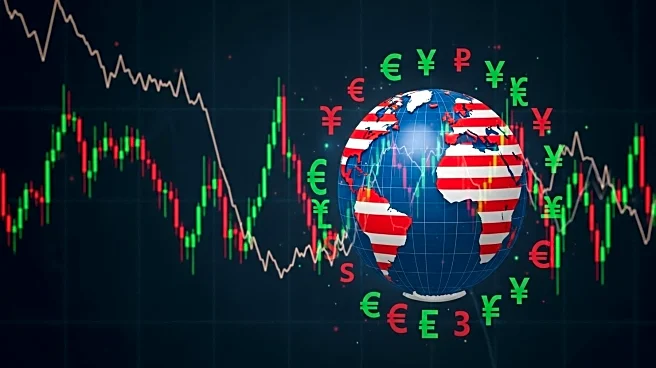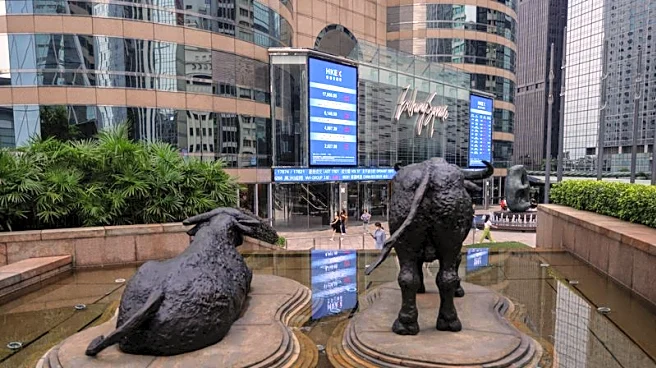By Anant Chandak
BENGALURU (Reuters) -India's manufacturing sector expansion lost some momentum last month, slipping to its weakest pace in four months but remaining strong, while factory gate prices surged
at the fastest rate in nearly 12 years to combat mounting input costs, a survey showed on Wednesday.
That suggests the United States' punitive 50% tariffs on Indian goods could be starting to bite Asia's third-largest economy, which has been the fastest growing among major nations this year.
HSBC's India Manufacturing Purchasing Managers' Index (PMI), compiled by S&P Global, fell to 57.7 in September from August's more robust 59.3 and lower than a preliminary reading of 58.5, reflecting the slowest improvement in operating conditions since May.
PMI readings above 50.0 indicate growth in activity on a monthly basis.
The slowdown was led by a moderation in new orders and output, which expanded at the weakest rate in four months. Survey respondents cited intense competitive pressures as a headwind to growth. That said, new export orders picked up pace from last month.
"New export orders increased at a faster rate in September, indicating demand outside of the U.S. might be offsetting any decline in demand from the U.S. as a result of tariffs," noted Pranjul Bhandari, chief India economist at HSBC.
Meanwhile, the employment picture deteriorated with hiring slowing to the weakest pace in a year. Only 2% of companies expanded their workforce.
Cost pressures intensified with input price inflation rising to its highest since May, pushing firms to respond by raising their selling prices at the fastest rate since October 2013.
Despite the loss of growth momentum and rising costs, business optimism strengthened to a seven-month high. Firms pointed to tax relief from recent goods and services tax rate changes and expectations of favourable demand as reasons for their confidence in the year-ahead outlook.
"Business confidence, as indicated by expectations for future output, showed a big jump in September, potentially reflecting optimism about the boost in demand from the cuts in goods and services tax (GST), although U.S. tariffs remain a strong headwind to the economy," added Bhandari.
(Reporting by Anant Chandak; Editing by Kim Coghill)

